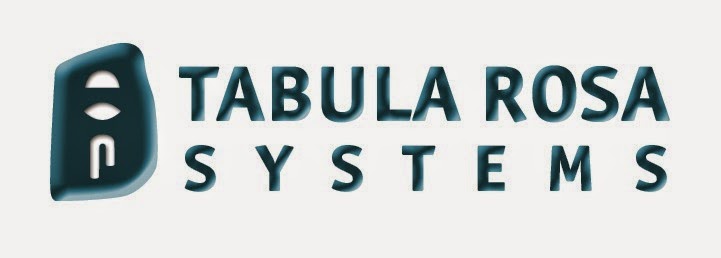|
Posted by
Thursday, July 2. 2015
With Independence Day Saturday,
here’s a short course on U.S. Flag etiquette. Please have a safe and happy
holiday.
Few of us know how to display an American flag properly;
even fewer are aware of all the details of flag etiquette. It can get
complicated, so we went to the source – the U.S. Flag Code – to find out the
right way to handle Old Glory...
Many Americans think we are displaying our patriotic pride by wearing a U.S. flag on our sleeves, chests or elsewhere. But the U.S. Flag Code prohibits wearing Old Glory on an article of clothing or printing its image on anything disposable, such as paper plates, napkins and other picnic decorations. Every day, many people violate Section 8d of United States Code Title 4, Chapter 1. Read on to learn the proper handling of the American flag… When to Fly the U.S. Flag Some people like to display flags 24 hours a day, year-round, but they may not be doing it right. Flag etiquette requires that a U.S. flag be properly illuminated at night and taken down during foul weather, unless it is made from all-weather material. The American flag can be flown every day, but the government has designated certain days when flying it is especially important. The U.S. Flag Code recommends that the flag fly from sunrise to sunset on the following holidays: New Year’s Day, Inauguration Day, Martin Luther King Jr.’s Birthday, Lincoln’s Birthday, Washington’s Birthday, Easter Sunday, Mother’s Day, Armed Forces Day, Memorial Day, Flag Day, Independence Day, Labor Day, Patriot’s Day, Constitution Day, Columbus Day, Navy Day Veteran’s Day, Thanksgiving Day, Christmas Day. More Flag Etiquette Tips Here are more basic flag etiquette guidelines: • An upside down flag is a distress signal. • The flag of the United States should never be dipped to any person or thing. • No flag should be torn, soiled or damaged in any way. • No marks such as logos, insignias, letters, words, designs, or figures should be attached to the flag. • The flag should never be used to carry or hold anything. • Never use the United States flag for advertising. Its image should not appear on boxes, paper napkins, plates or anything made to be discarded. • Do not use the flag for clothing or as a costume. • The U.S. flag, when displayed with flags of other nations, should always be hoisted first and taken down last. • Multiple flags of various nations should always fly at the same level during peacetime. You can find out more about U.S. Flag etiquette, such as properly displaying it with other flags and at homes and businesses, flying it at half-mast, and proper disposal at various sites on the Internet. The information above came from lifescript.com. | |
**Important note** - contact our company for very powerful solutions for IP management (IPv4 and IPv6, security, firewall and APT solutions:
www.tabularosa.net
In addition to this blog, Netiquette IQ has a website with great assets which are being added to on a regular basis. I have authored the premiere book on Netiquette, “Netiquette IQ - A Comprehensive Guide to Improve, Enhance and Add Power to Your Email". My new book, “You’re Hired! Super Charge Your Email Skills in 60 Minutes. . . And Get That Job!” will be published soon follow by a trilogy of books on Netiquette for young people. You can view my profile, reviews of the book and content excerpts at:
www.amazon.com/author/paulbabicki
If you would like to listen to experts in all aspects of Netiquette and communication, try my radio show on BlogtalkRadio Additionally, I provide content for an online newsletter via paper.li. I have also established Netiquette discussion groups with Linkedin and Yahoo. I am also a member of the International Business Etiquette and Protocol Group and Minding Manners among others. Further, I regularly consult for the Gerson Lehrman Group, a worldwide network of subject matter experts and have been a contributor to numerous blogs and publications.
Lastly, I
am the founder and president of Tabula
Rosa Systems, a company that provides “best of breed” products for network,
security and system management and services. Tabula Rosa has a new blog and Twitter site which offers great IT
product information for virtually anyone.
==============================================










